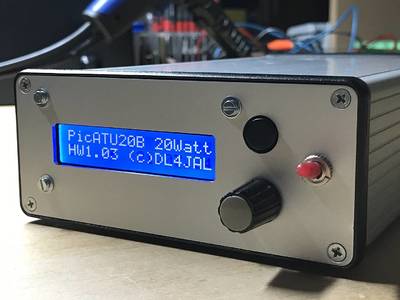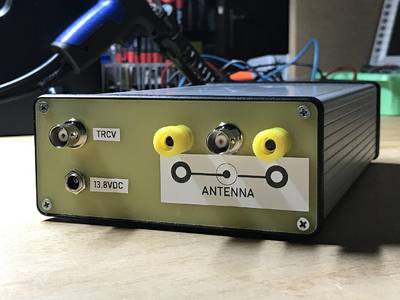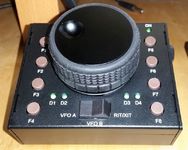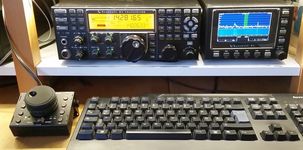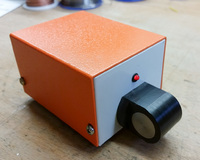The HM-243 speaker/microphone combo supplied with the ICOM IC-705 is rather bulky, making it difficult to transport and operate. It has a thick, curled cable and must be connected to the side of the IC-705 with two jack plugs.
Inspired by a newsletter from WIMO.COM I tried the Bluetooth speaker/microphone combo BHM-79 from VERO TELECOM. At just 120g, the BHM-79 is an extremely lightweight speaker/microphone.
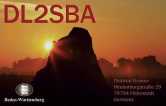
-fill-400x300.jpg)
-fill-400x300.jpg)


